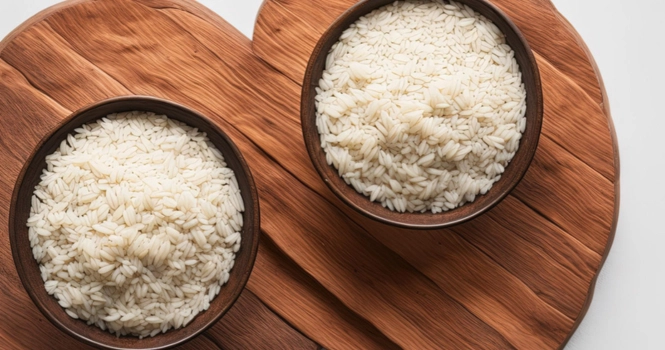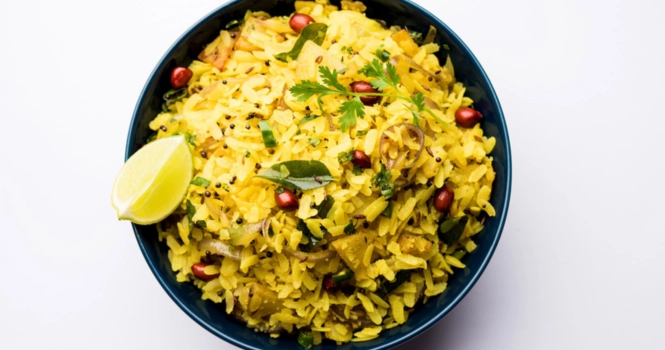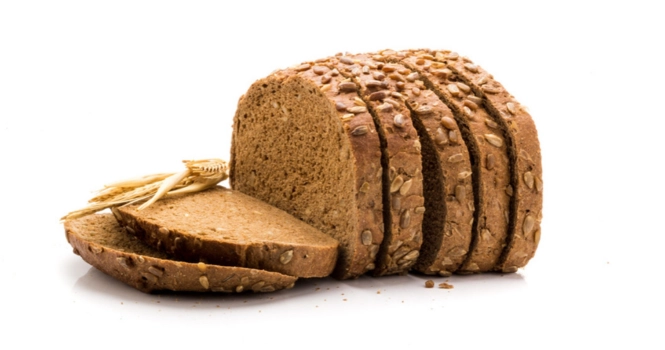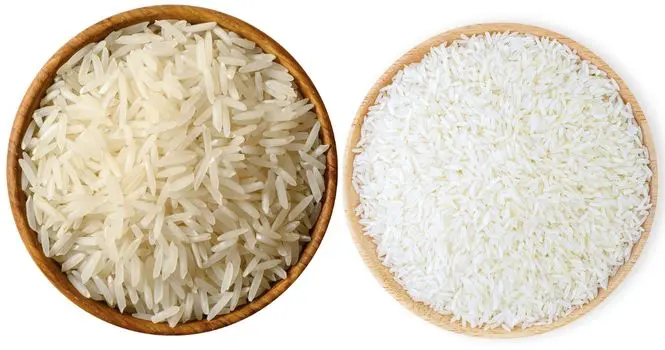Exploring the Difference Between Old Rice and New Rice

The difference between old rice and new rice primarily lies in their age post-harvest, which affects their moisture content, texture, and cooking properties.
Old Rice
- Age: Old rice refers to rice grains that have been stored for a longer period after harvesting, typically for 6 months to a year or more.
- Moisture Content: Over time, old rice loses moisture, which makes the grains harder and more dehydrated.
- Texture and Flavor: When cooked, old rice tends to be firmer and less sticky. Some people believe that aging enhances the flavor, giving it a more pronounced aroma and a better texture for certain dishes.
- Cooking Time: Due to its lower moisture content, old rice might require slightly more water and a longer cooking time to reach the desired softness.
- Suitability: Old rice is often preferred for dishes that require grains to remain separate and firm, such as biryanis, fried rice, and pilafs.
New Rice
- Age: New rice, also known as fresh rice, is rice that has been harvested and brought to market with little to no storage time, often within a few months of harvesting.
- Moisture Content: Higher moisture content due to its freshness makes new rice grains more prone to breaking and sticking together.
- Texture and Flavor: New rice is generally softer and stickier when cooked. The flavor might be more subtle compared to aged rice, with a less pronounced aroma.
- Cooking Time: It usually requires less water and a shorter cooking time because of its higher moisture content.
- Suitability: New rice is often favored in dishes where a softer, stickier texture is desired, such as sushi, risotto, or sticky rice desserts.
The choice between old and new rice depends on personal preference and the specific requirements of the dish being prepared. Old rice is valued for its firm texture and enhanced flavor in certain cuisines, while new rice is preferred for its softness and stickiness in others.
Why Do Most People Prefer Old Rice?
Many people prefer old rice over new rice for several reasons related to its cooking properties, texture, and flavor profile. The preference for old rice can be attributed to the following factors:
1. Improved Texture
Old rice, having lost some of its moisture content over time, tends to cook up firmer and less sticky. This makes the grains more distinct and separate after cooking, which is desirable in many dishes such as biryanis, pilafs, and fried rice where a fluffier texture is preferred.
2. Enhanced Flavor
Aging rice is believed to enhance its flavor. As rice ages, subtle changes can occur in its aroma and taste, leading to a more pronounced and richer flavor profile that is appreciated in many culinary traditions. This is similar to the aging process of wines and certain cheeses, where time can enhance the depth and complexity of flavors.
3. Better Cooking Performance
Due to its lower moisture content, old rice absorbs flavors better and can withstand longer cooking times without becoming mushy. This makes it ideal for dishes that require slow cooking or absorption methods, where the rice needs to soak up broths, spices, or sauces while maintaining its structure.
4. Lower Glycemic Index
Some studies suggest that the aging process can slightly alter the starch composition of rice, potentially lowering its glycemic index (GI). A lower GI means the rice causes a slower rise in blood glucose levels, which can be beneficial for blood sugar management.
5. Cultural and Traditional Preferences
In many cultures, the use of old rice is steeped in tradition and culinary history. The preference for old rice can be part of traditional cooking methods passed down through generations, where the texture and flavor of aged rice are integral to certain signature dishes.
6. Storage and Shelf Life
Old rice has a longer shelf life due to its reduced moisture content, making it less susceptible to spoilage and pest infestations. This practical aspect can also contribute to its preference, especially in regions where rice is bought in bulk and stored for extended periods.
It’s important to note that the preference for old rice can vary widely among individuals and cultures, with some people and cuisines favoring the softer, stickier texture of new rice for specific dishes.
The choice between old and new rice often comes down to personal taste and the requirements of the recipe being prepared.
Calorie content in Old rice vs New rice
The calorie content in old rice versus new rice remains relatively consistent, as the aging process primarily affects the rice’s moisture content, texture, and flavor, rather than its caloric value.
Both old and new rice, when uncooked, contain about the same number of calories per unit weight.
On average, both old and new white rice contain approximately 130-150 calories per 100 grams when uncooked. When cooked, this caloric value drops to about 100-130 calories per 100 grams, depending on the amount of water absorbed during the cooking process.
It’s worth noting that the perceived difference in calories between old and new rice might come from the cooking method and the amount of water each type absorbs.
Old rice, being drier, might require slightly more water to cook, which can lead to a slight increase in volume and a decrease in calorie density per serving.
Conversely, new rice, with its higher moisture content, might absorb less water, resulting in a denser, slightly higher calorie content per serving.
However, these differences are minimal and generally not significant enough to impact dietary considerations.
The choice between old and new rice should therefore be based on texture and flavor preferences, rather than calorie content. For those monitoring their calorie intake, portion control and the overall balance of the meal are more critical factors to consider.












